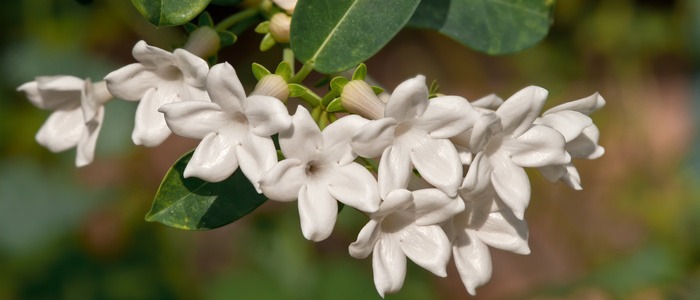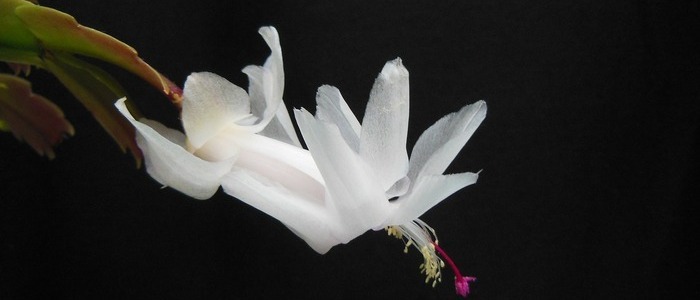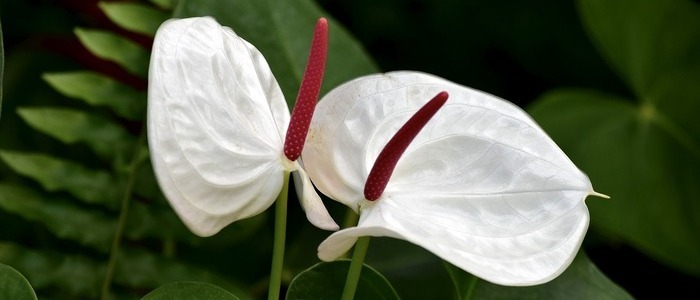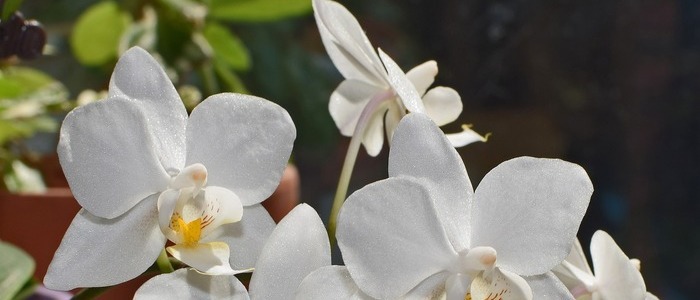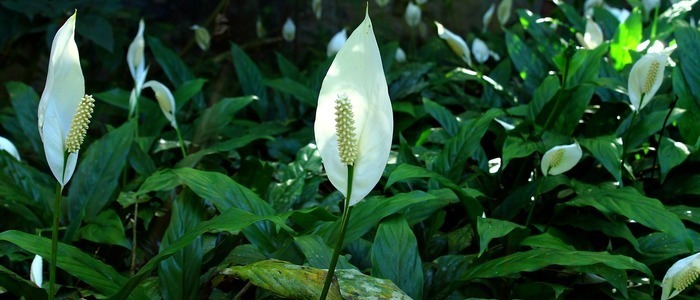Are you looking for an elegant and fragrant addition to your garden? Well, the lily of the valley plant, can be your answer it is a beautiful and easy-to-care-for plant. Lily of the Valley has rich green foliage that is not only attractive but also highly aromatic. During the spring months, its white blossoms light up with clusters of bell-shaped flowers.
This makes Lily of the Valley a favorite among many gardeners. But it’s not just its beauty that sets this plant apart, as it is also incredibly easy to care for and maintain! With the right soil preparation and light exposure, you can easily plant and grow lilies of the valley in your own home or outdoor space. To help you get started, we’ve put together a guide on planting and growing lily of the valley. Keep reading to learn more!

Lily of the Valley Plant Frequently Asked Questions
Can the Lily of the Valley plant grow in pots?
Yes, Lily of the Valley can grow in pots, but only under certain circumstances. To avoid waterlogging, the pot needs to be at least 6 inches deep and contain drainage holes. The pH of the soil should range from 6 to 7.5, and it should be highly organically rich and well-draining. The soil should be kept moist but not soggy, and the plant should be fertilized frequently with a balanced fertilizer.
Is the Lily of the Valley plant difficult to grow?
Despite having the appearance of a delicate flower, the lily of the valley plant is actually fairly resilient and simple to manage. It is an excellent choice for novices or people with busy schedules because it needs little upkeep. However, it's crucial to remember that the plant can be poisonous if consumed, therefore it should be kept out of the reach of kids and animals.
Lily of the Valley Plant Care
If you’re looking for a fragrant, low-maintenance and beautiful flowering plant, Lily of the Valley should be your go-to. This classic garden favorite is easy to take care of and adds an unforgettable scent to any outdoor space. Here are some tips on how to grow and care for lily of the valley plants.
When it comes to growing the lily of the valley, you need to keep a few things in mind. First and foremost, they like partial sun or shade — no full sun! They also prefer moist, well-drained soil with plenty of humus or compost mixed in. The ideal pH level is slightly acidic (5–6). Additionally, it’s important to note that lily of the valley spreads quickly through its underground rhizomes, so keep an eye on the plants to make sure they don’t spread too far or get out of control.
When caring for your lily of the valley, fertilizer is not necessary—just water them well and occasionally add some mulch to help retain moisture. Additionally, deadheading (removing spent blooms) will encourage more blooms on the plant as well as help to keep it looking neat and tidy.
Lily of the Valley plants are an excellent addition to any garden or outdoor space because of their low-maintenance care requirements and sweet smell. With just a few simple steps, you can have healthy plants that will add beauty to your space for years to come!
Lily of the Valley Plant Propagation Instructions
Any gardener who grows lilies of the valley plants can find it rewarding. This is a fantastic option whether you’re new to propagation or searching for a perennial that requires little maintenance. Since ancient times, lilies of the valley have been cultivated for their fragrant springtime blooms.
Propagation of this plant is done through division, meaning you can take pieces of an existing plant and use these to create new plants. This method is fairly easy as it doesn’t require any special tools or equipment. You can simply dig up a clump of lily of the valley and use a sharp knife to cut it into smaller sections. Each piece should have at least three or four shoots, and the roots should be as intact as possible.
Once you’ve divided your lily of the valley plant, you can replant them in individual pots or directly into the ground in a sunny area with well-draining soil. Make sure the top of the plant is at least 6 inches above the surface and water regularly. The lily of the valley will prefer slightly acidic soil, so adding a few tablespoons of vinegar to the water when you’re irrigating can help keep your plant healthy.
Take care not to overwater your Lily of the Valley, as too much water can lead to rot. It’s also important to keep weeds away from your plant. A thin layer of mulch around it will help prevent any weed growth.
With consistent care and attention, the lily of the valley can reward you with its fragrant flowers in the spring! Growing this beautiful perennial is an easy and rewarding experience.
Lily of the Valley Plant Pruning Tips
You already know how lovely a Lily of the Valley plant is if you have one in your garden. To keep them at their best, they require some shaping and pruning, much like other plants. . Here’s what you need to know about pruning and shaping your Lily of the Valley!
First, it’s important to understand when to prune your Lily of the Valley. Pruning should be done in late winter or early spring before the plants begin growing for the season. This is important because you don’t want to remove any developing buds!
When it comes to pruning, use sharp pruning shears and only remove dead, diseased, or damaged stems and leaves. Pruning your Lily of the Valley will encourage new growth and keep it looking healthy.
Shaping is another important part of caring for your Lily of the Valley. This can be done by removing some of the lower foliage to give it a more attractive shape. You may also want to consider staking your plant in order to keep it from flopping over.
Finally, be sure to fertilize your Lily of the Valley once a year with a balanced fertilizer. Doing this will give it the nutrients it needs for healthy growth and flowering.
Caring for your Lily of the Valley may seem like a lot of work, but with proper pruning and shaping, your plant will look its best all season long!
Remember, if you have any questions about pruning or shaping your Lily of the Valley Plant, don’t hesitate to reach out to a professional for advice. They can provide you with the information and guidance you need to ensure your plants stay healthy and beautiful.
Lily of the Valley Plant Problems and Treatment
If you’re looking for a unique and beautiful addition to your garden, the Lily of the Valley plant might be just the thing! But while these plants are delicate and stunning, they can also be tricky to grow. Here are some common problems experienced when growing this lovely flower:
1. Too much light – The Lily of the Valley plant prefers partial shade and too much direct sun can burn the leaves. Make sure to keep it out of full sunlight and stick with a bright, indirect light.
2. Poor drainage – This plant likes soils that are moist but well-draining; soggy soil can lead to root rot and other issues. Consider using a potting mix that drains well and is also high in organic material.
3. Too much humidity – When it comes to humidity, the Lily of the Valley prefers a moderate level. Humidity levels that are too high can cause leaf spots and fungal diseases.
4. Poor air circulation – This plant needs good air circulation to thrive, so make sure to keep it away from walls or other surfaces that could block airflow. Pruning and thinning the foliage can also help with this issue.
If you follow the tips outlined above, your Lily of the Valley plant should be happy and healthy! With a little bit of extra care, you’ll have blooming beauty in no time.
Conclusion
To conclude, the Lily of the Valley plant is a beautiful and easy-to-care-for plant perfect for any home or garden. It blooms delicate white bells in spring and summer that will perfume your entire area with a delightful scent. When growing and caring for this plant, be sure to provide plenty of light, moist soil, and regular fertilizer.
Enjoy the beauty of this plant all year round and don’t forget to deadhead any spent blooms to encourage new growth. With minimal effort, you can enjoy a flourishing Lily of the Valley Plant in your home or garden that will bring joy for years to come.
Other Houseplants With White Flowers
